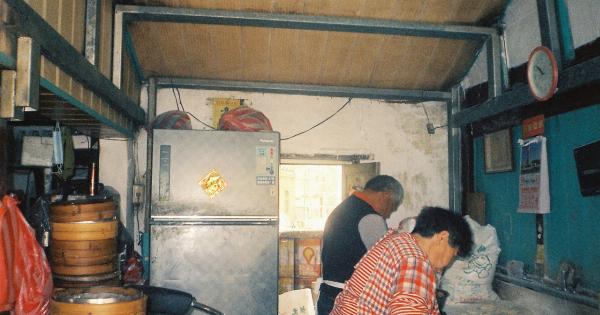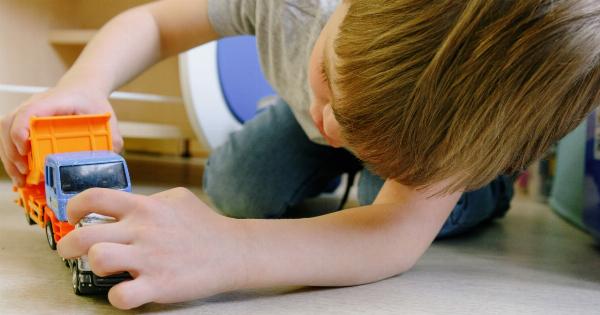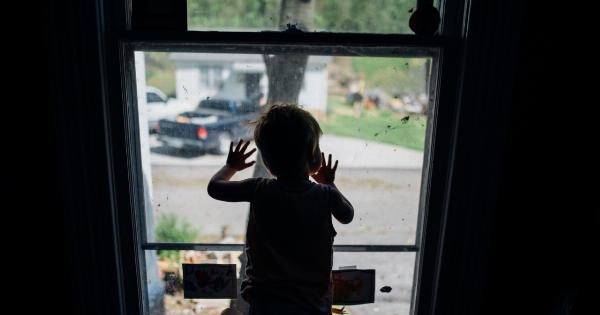Choking is a common and serious problem among children. It can happen anytime, anywhere and to anyone, even while they are eating. As a parent or caregiver, knowing what to do in case of a choking emergency can save your child’s life.
Below are some steps to take if your child chokes on food.
Step 1: Stay Alert and Recognize the Signs
It’s essential to keep a close eye on your child while they are eating. Choking can happen suddenly, and it’s crucial to take immediate action. Look out for these signs:.
- Difficulty breathing or noisy breathing
- Coughing, gagging, or drooling
- Bluish skin, lips, or nails
- Inability to cry or make noise
- Panicking, clutching the throat, or pointing to the throat
If you notice any of these signs, your child may be choking. Act fast and take the necessary steps to help them.
Step 2: Call for Help
In a choking emergency, time is of the essence. Ask someone to call for emergency medical services right away. If you’re alone with your child, call for help and perform the Heimlich maneuver or back blows while waiting for the ambulance.
Step 3: Perform the Heimlich Maneuver
The Heimlich maneuver is a first-aid technique used to clear the airway of a choking person. Here’s how to do it:.
- Stand behind the child and wrap your arms around their waist.
- Make a fist with one hand and place the thumb side of your fist just above the child’s belly button.
- Grasp the fist with your other hand and give quick upward thrusts into the abdomen.
- Repeat thrusts until the object comes out.
Step 4: Perform Back Blows
If you can’t perform the Heimlich maneuver properly or if it doesn’t work, try back blows. Here’s how:.
- Place the child face down over your lap or forearm with their head at a lower level than their chest.
- Gently pat the child’s back between the shoulder blades up to five times with the heel of your hand.
- Check inside the child’s mouth for the object and remove it carefully if you can see it.
Step 5: Check for Breathing and Start CPR If Necessary
If the object doesn’t come out after performing the Heimlich maneuver and back blows, check if the child is breathing. If not, start CPR immediately. Here’s how:.
- Place the child on a hard surface and tilt their head back slightly.
- Perform two rescue breaths by pinching the child’s nose and blowing into their mouth for one second each.
- Perform 30 chest compressions by placing the heel of your hand on the child’s chest just below the nipple line and compressing with your other hand. Repeat this 30 times.
- Perform two more rescue breaths and repeat the cycle of chest compressions and rescue breaths until the ambulance arrives.
Step 6: Stay Calm and Supportive
Choking can be a traumatic experience for both you and your child. Even if the child is fine after the incident, they may be scared and shaken up. Stay calm, supportive, and reassuring.
Seek professional help if necessary to help the child overcome any trauma associated with the choking incident.
Conclusion
Choking is scary and unpredictable but knowing how to react in an emergency can save your child’s life. Learning the Heimlich maneuver, back blows, and CPR can give you the confidence to take decisive action in case of a choking emergency.
Stay aware, stay informed, and stay prepared.






























